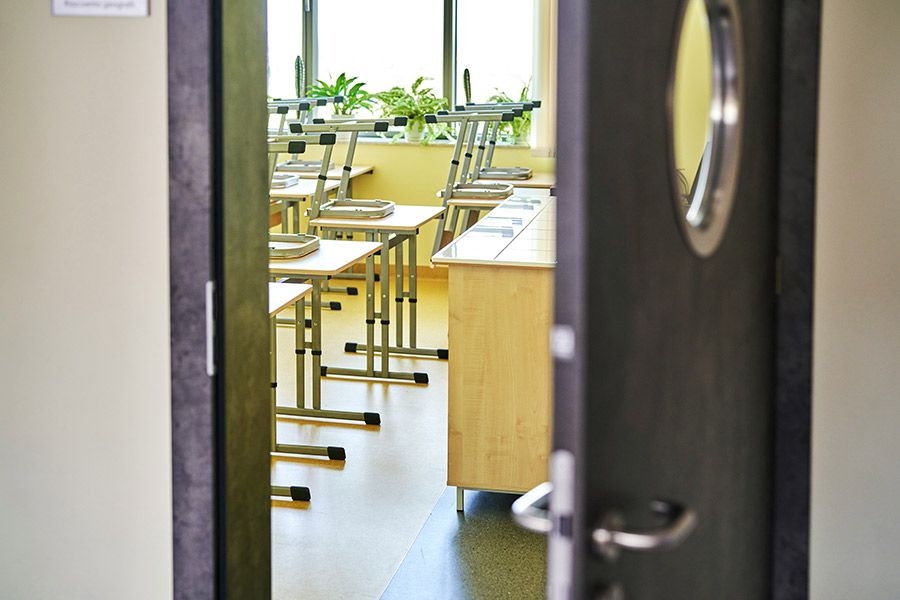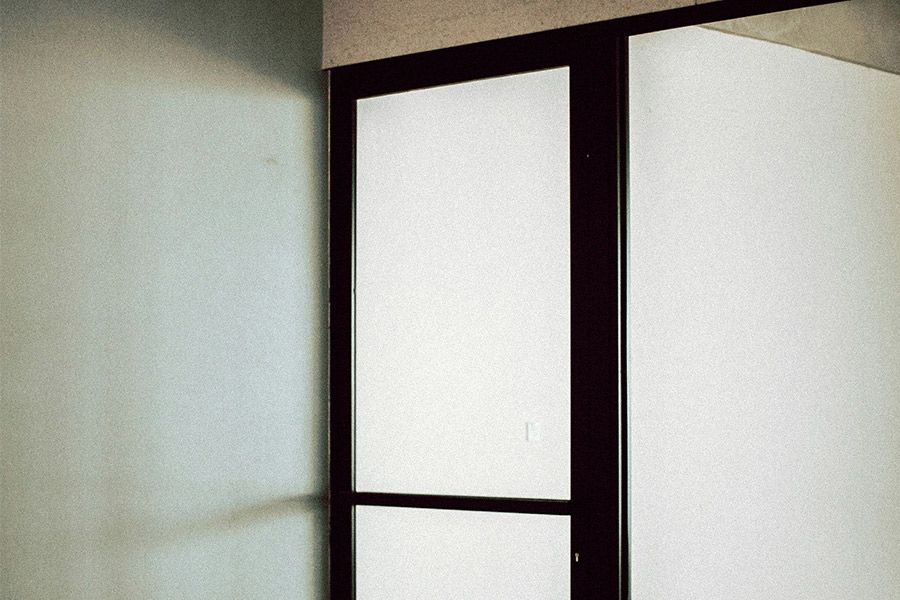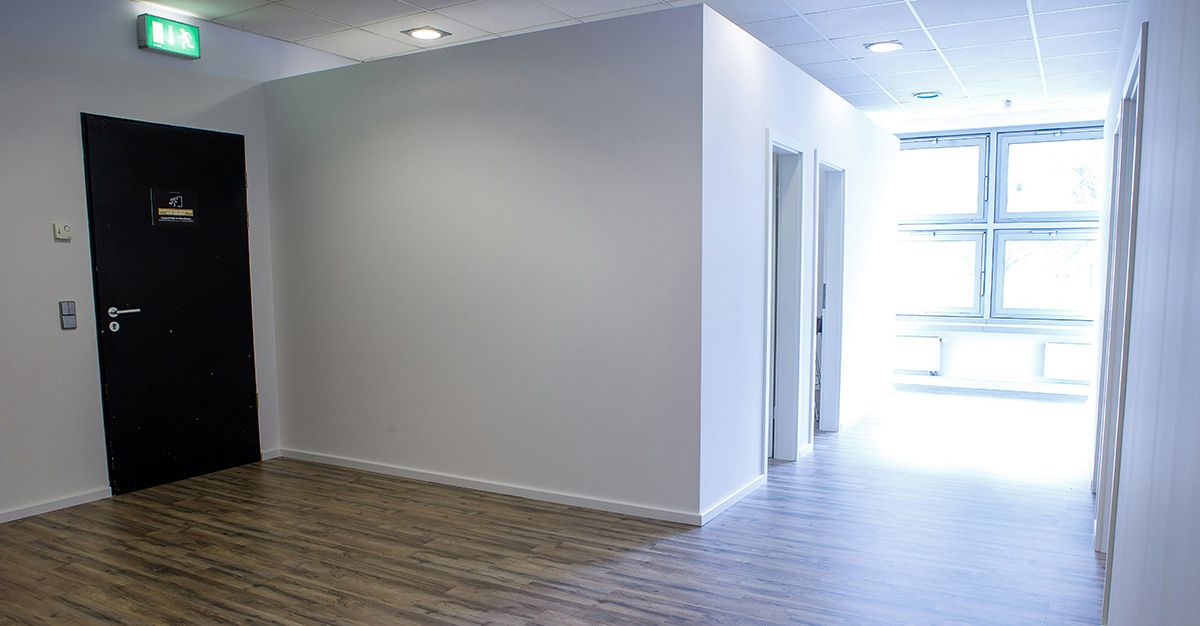When it comes to fire safety, choosing the right door is of great importance. An EI60 rated fire door is not only a popular solution, but also a recommended safety measure. These doors are designed to resist fire for up to 60 minutes, which can be crucial in protecting life and property. In this article, we look at what you should consider when considering an EI60 fire door as an internal door, including the differences between different fire classes, location, and additions that affect the door's fire safety.
Why EI60 fire doors?
EI60 class fire doors offer a high level of fire protection and are suitable for many types of buildings, from offices to homes. These doors are designed to provide one hour of protection against the spread of fire, which is sufficient in many scenarios to evacuate people safely and limit damage to property.
Optimal level of protection for diverse environments
EI60 fire doors represent an ideal balance between protection and flexibility, making them suitable for a wide range of building types. From office complexes to residential buildings, these doors offer a high standard of security that can be adapted to the specific needs of different environments. The extended protection time of one hour provides vital minutes for evacuation, which can be the difference between life and death in a fire emergency.
Protection against fire and smoke
In addition to preventing the spread of fire, EI60 doors also play an important role in limiting the movement of smoke. Smoke is often the first hazard to reach individuals in a fire, and being able to restrict its movement is crucial to creating safe evacuation routes. This dual protection function - against both fire and smoke - makes EI60 doors a valuable addition to any fire safety plan.
Adaptation for specific needs
A major advantage of EI60 doors is their ability to be adapted to different building and room-specific requirements. They can be designed to fit in with different architectural styles, while still meeting the necessary security requirements. This means that buildings do not have to compromise on aesthetics to achieve the desired level of security.

The difference between fire classes
There are different levels of fire protection when it comes to fire doors, with the most common classes being EI30, EI60, and EI90. The class indicates the time the door can withstand a fire - EI30 for 30 minutes, EI60 for 60 minutes, and so on. The choice of fire class depends on the layout of the building, the use of the spaces and the assessed fire risk.
MaxiDoor currently offers the following fire doors: FB-BD and MD 60, both of which are a combination of a security door and a fire door. The doors are available in the desired fire class and can be customized according to your business and building's specific needs.
Location and use
The location of your EI60 fire door is crucial. In buildings with a higher fire risk or where it is important to protect specific areas, EI60 doors are preferable. In lower risk areas, EI30 doors may be a more cost-effective option.
Adapting to fire risk and building requirements
When designing a fire safety strategy, it is crucial to carefully consider where to place fire doors of different classes. EI60 doors are particularly suitable for areas of buildings where the fire risk is higher. This may include locations near flammable materials, large electrical installations or areas where critical operational resources are located. These doors offer extended protection - up to one hour - which may be necessary to ensure that occupants and valuable equipment are effectively protected in the event of a fire.
Cost-effectiveness of lower rated doors in less risky areas
In parts of the building where the fire risk is relatively low, EI30 doors may be a more cost-effective and still sufficiently safe choice. Such areas may include administrative office spaces or parts of the building that are less likely to contain flammable materials. By using EI30 doors in these areas, organizations can maintain necessary safety levels while optimizing their fire safety budget.
Balancing security with functionality
When evaluating which type of fire door to use and where, it is important to also consider how the doors integrate with the daily function of the building. EI60 doors, while offering higher protection, can be heavier and more difficult to handle than EI30 doors. This should be considered especially in spaces that require frequent access or where a quick evacuation may be necessary.

Choice of glazing or glazing profiles
Including glazing bars in your EI60 fire door can affect its fire safety. Glazed roofs can allow light to pass through but must be designed to maintain the fire safety of the door. It is important to choose glass that can resist heat and fire so as not to compromise the doors' protective properties.
Comprehensive solutions for fire safety
An EI60 fire door can be integrated into a larger fire safety solution. It can include systems for automatic closing or unlocking in case of fire, which can contribute to easier and safer evacuation. Connections to alarm systems and the use of motorized locks or emergency hardware are important to provide maximum fire protection.
Professional fire protection control
To ensure that your EI60 fire door meets all safety requirements, you should consider having it inspected by a certified fire protection inspector. This expert can assess the door's location and interaction with other safety measures in the building, such as fire protection for walls, floors and frames.
The importance of additional fire safety equipment
Even with high quality EI60 fire doors in place, it is important to have other fire safety equipment available:
- The importance of trained staff
Even the most advanced fire safety equipment can be insufficient without well-trained staff. Staff trained in first aid and firefighting are an invaluable resource in emergencies. Their ability to quickly and effectively administer first aid and basic firefighting can make a big difference in the first critical minutes of a fire. Regular training and exercises ensure that staff are prepared and know how to respond to a fire, which can save lives and minimize damage. - Strategic placement of fire extinguishers
Fire extinguishers are a fundamental part of any fire safety plan. To be most effective, they should be placed strategically around the entire building, especially in high fire risk areas. It is important to choose the right type of fire extinguisher for the specific risks in each area and that staff know how to use them correctly. Regular checks and maintenance of fire extinguishers ensure that they are always ready for use. - A comprehensive fire alarm system
An effective fire alarm system is essential for early detection and warning of a fire. The system should be comprehensive and adapted to the size and layout of the building. Regular tests and drills with the fire alarm ensure that the system is working properly and that staff are familiar with the alarm procedures. These exercises also help to identify and address any gaps in the evacuation plan. - Emergency showers for immediate response
In areas where there is a risk of fire-related damage, such as chemical spills or burns, emergency showers are an important safety feature. They provide immediate relief and treatment for those who have been exposed to hazardous substances or high temperatures. Having emergency showers readily available can reduce the severity of injuries and provide essential first aid while waiting for medical personnel.
Summary and recommendation on the EI60 fire door as an internal door
Choosing the right fire door is a critical decision in fire safety planning. By understanding the differences between different fire classes, considering door placement and additional features, and integrating them into a larger safety plan, you can create a safer environment. Remember that professional advice and regular maintenance are necessary to maintain optimal fire safety.





